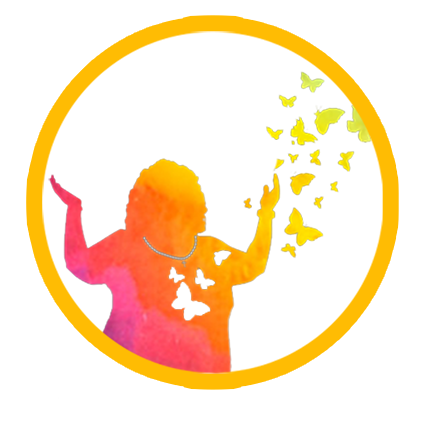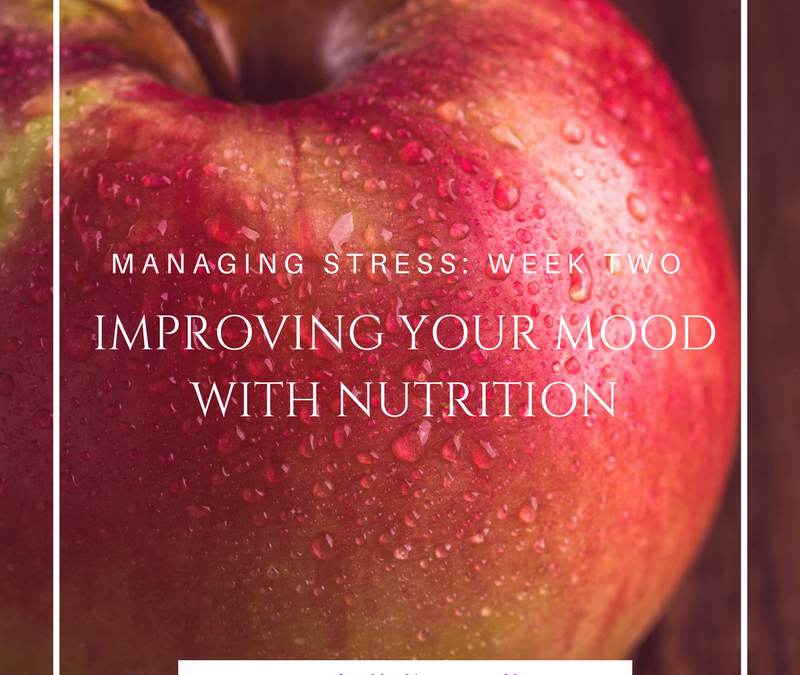I’ve been traveling quite a bit over the past couple of weeks for work and...

Managing Stress: Week 5
movement for stress relief
Welcome to Week Five: Movement
When stress allows excess energy to build up, movement is a great way to expel it! For me, walking does the trick. Being an avid walker allows me to clear my mind, commune with God, and take care of my body. It is truly a body/mind/spirit practice that I take part in daily. If you are not into walking, there are plenty of other activities that you can do. Swimming, yoga, group fitness classes, even playing with your kids and grandkids can help decrease stress levels.
This Week’s Stress Management Technique: Do something physical!
Action Item: For at least 30-minutes a day, do sort of physical exercise. This can include walking, gardening, jogging…it’s your choice! Write down your experiences in your journal to keep track of your progress.
Next week…we’ll recap the previous weeks and I’ll provide additional tips and resources!
See you then!
Please note that the information in this blog is not intended to replace medical treatment or advice.

About Rochelle
Rochelle Redding, M.S. is a wife, mother of four, and the owner and operator of Rochelle Redding Coaching and Consulting Services (RRCCS). RRCCS is a spiritually-based coaching service dedicated to helping women be their best selves and achieve wellness in all aspects of their life. Learn about life coaching services with Rochelle by clicking here.
Read My Book
Finding Power and Purpose takes the reader on a dynamic journey from darkness, depression, and life-threatening health, to one of healing, self-love and alignment with God’s will.















 Back in September, I took a workshop called, Relieving Stress: Self-Care for Busy People. It was taught by my daughter, Vanessa, who has been an allied health professional for many years. I learned a lot in those 90-minutes and have been able to implement some of her suggestions. I particularly found the breathing exercises beneficial…so much so, that I wanted to share them with you all!
Back in September, I took a workshop called, Relieving Stress: Self-Care for Busy People. It was taught by my daughter, Vanessa, who has been an allied health professional for many years. I learned a lot in those 90-minutes and have been able to implement some of her suggestions. I particularly found the breathing exercises beneficial…so much so, that I wanted to share them with you all!
Recent Comments